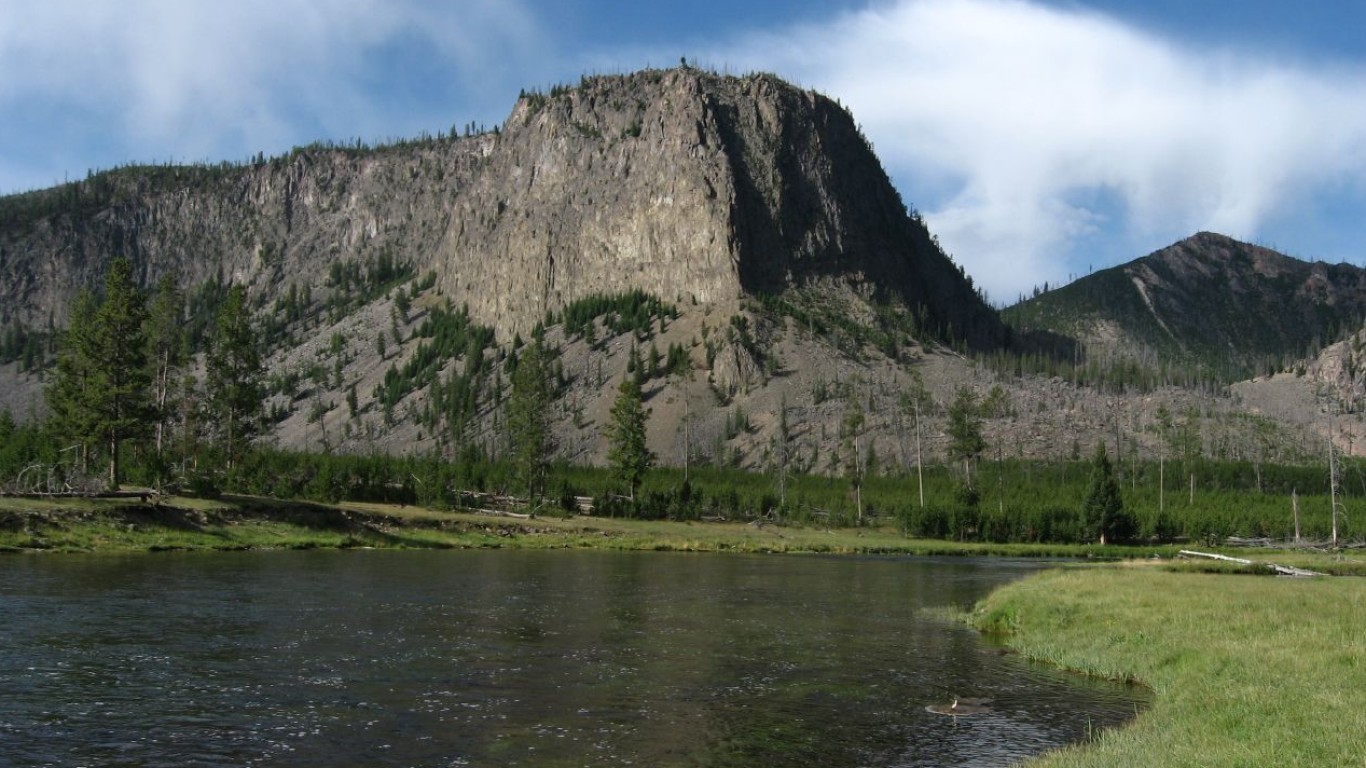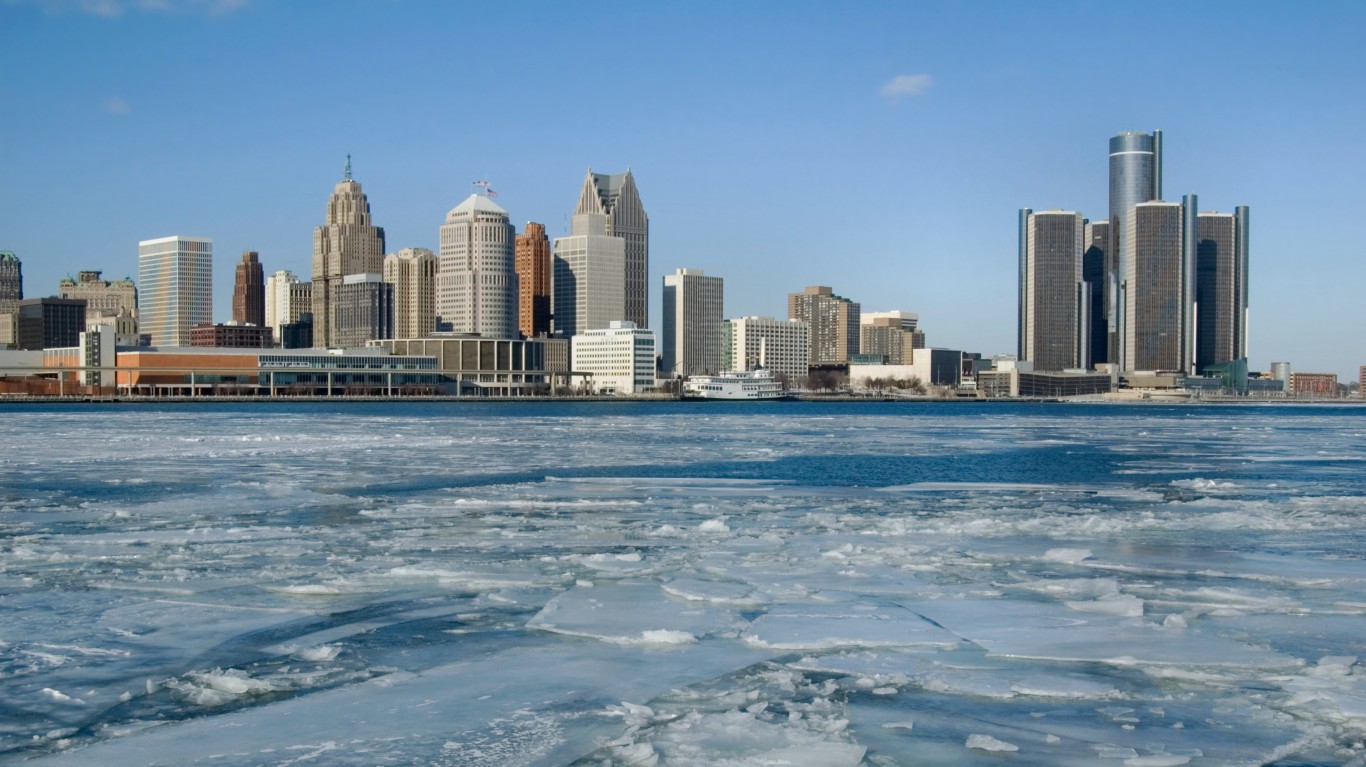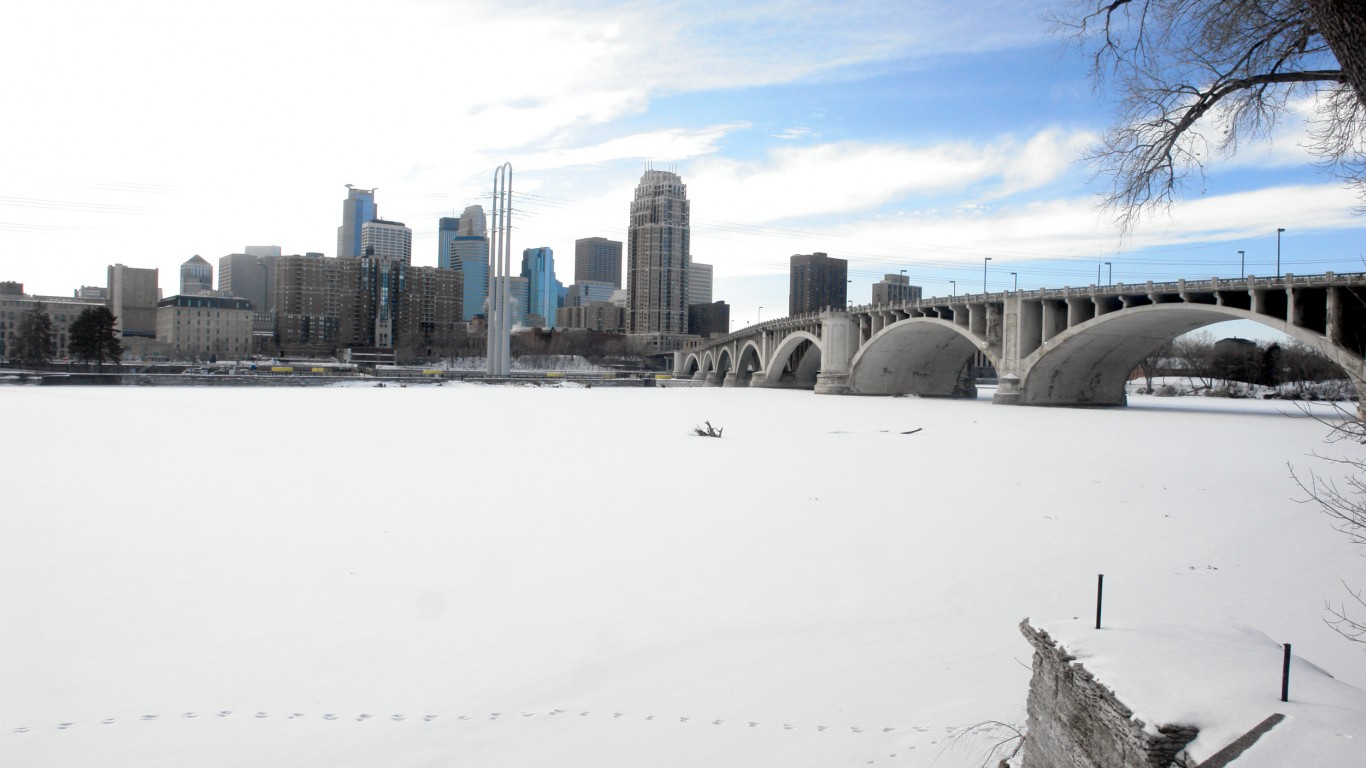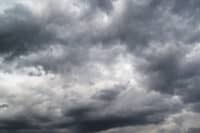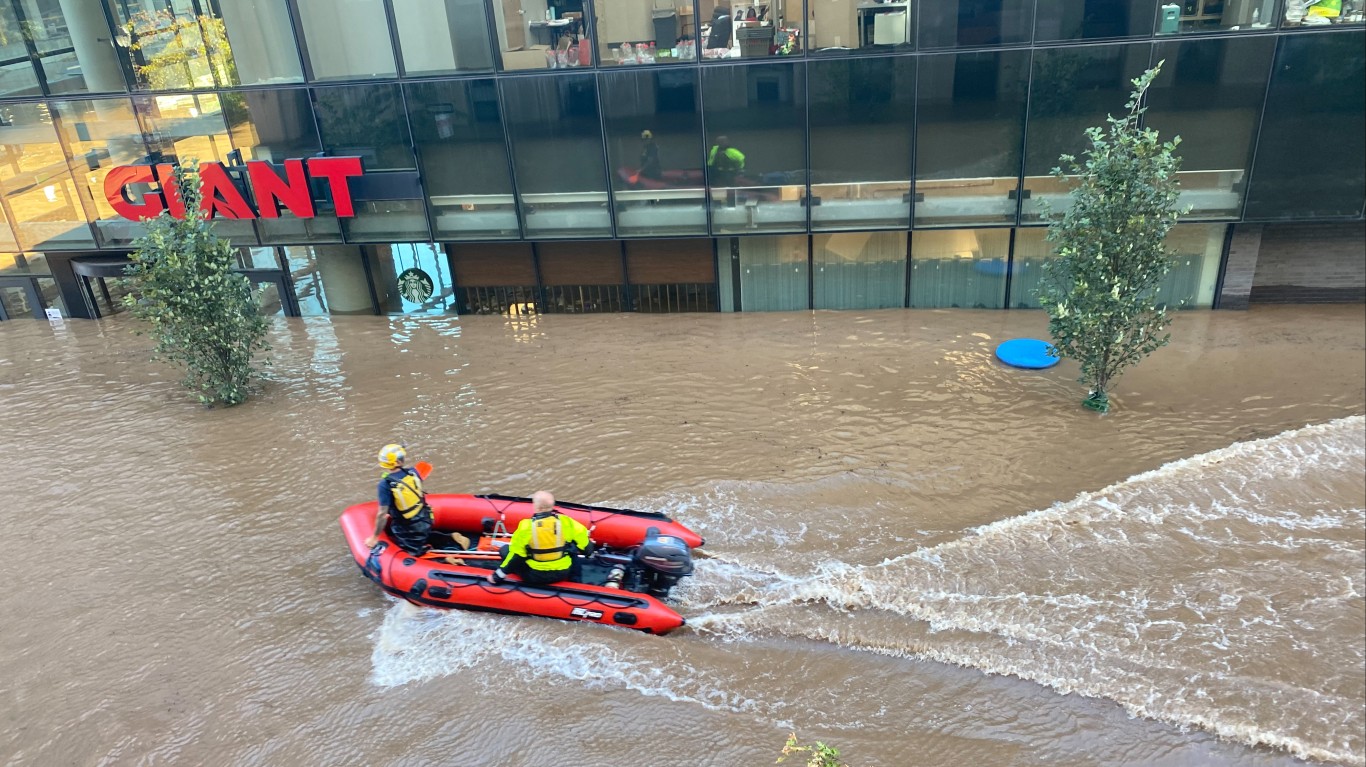
Do you live in Southern Florida and are sick of being tormented by record-breaking hurricanes every few years? Did you grow up in Tornado Alley and want to experience tornado season without being flown away to the land of Oz? Are you fleeing the incessant wildfires in California? If you’re trying to raise a new family, trying to find the perfect place to live is a very important decision. Given that natural disasters like tornadoes, hurricanes, wildfires, and floods are already increasing in frequency and strength due to climate change, this decision is more important than ever. So, which states have the fewest natural disasters? Why are they so safe?
For this list, we analyzed all the states based on their history of natural disasters, not on predictions of what will or might happen. For example, Colorado and Montana are on our list, but if the Yellowstone Super Volcano were to erupt anytime soon, they would definitely shoot to the top of the bottom of the list after the entire region is obliterated and covered in lava. That hasn’t happened yet (as of the writing of this piece) so they remain safe states. So, what are the states with fewest natural disasters?
#10 Montana
- Disaster risk: Landslides, wildfires
States close to mountain ranges, or the middle of the country, are generally protected from the storms that generate near the coast or over the open plains. Montana is mostly susceptible to rockslides, floods, and wildfires, though even those are rare. Only five major floods have occurred in the last century. Because Montana is so rural and sparely populated, any natural disaster is unlikely to impact any human settlement or city, making them less of a disaster and more just a natural event.
#9 New Hampshire
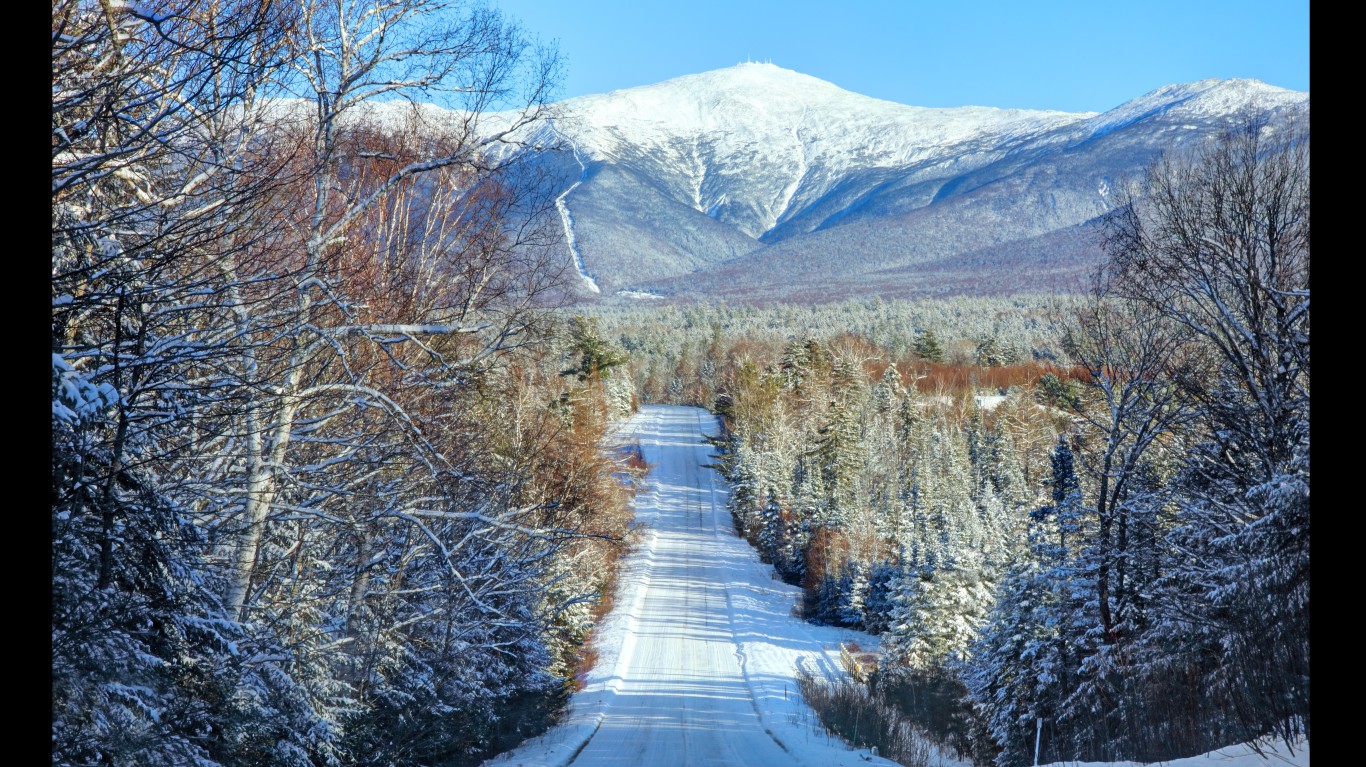
- Disaster risk: Weak hurricanes, blizzards.
Hurricanes love to visit the states along the Gulf of Mexico and the East Coast. New Hampshire, though, is just far enough North that storms lose their energy before they reach it, yet it is not too far north that it suffers from severe blizzards, though those still occur. With its flat terrain, floods and mudslides are minimal. Additionally, for any natural disasters that do happen, New Hampshire is actually one of the best states when it comes to emergency preparedness.
#8 Maine
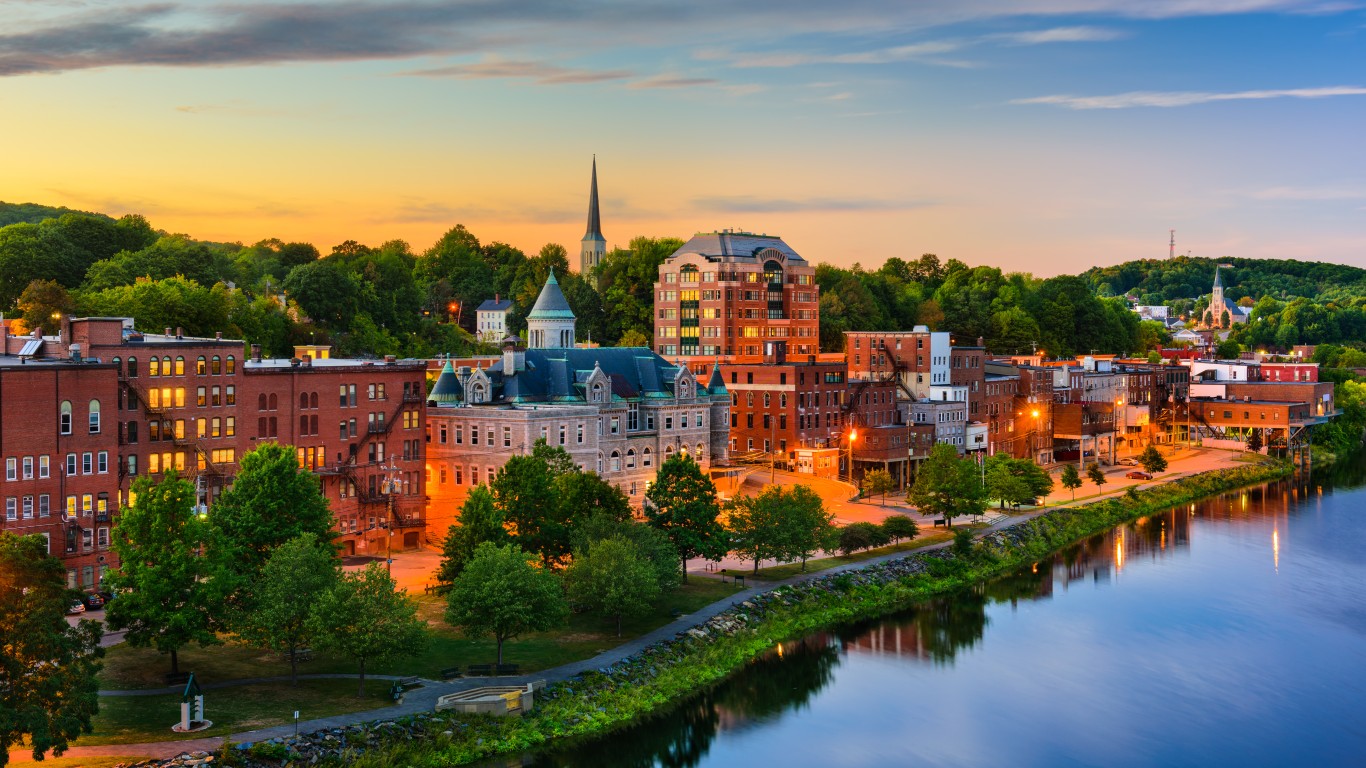
- Disaster risk: Summer storms, severe blizzards
Maybe Maine residents are simply a hardier bunch than the rest of us, living in a state where major Atlantic storms can be considered a normal Tuesday. As we saw just this month alone, the state declared a state of emergency due to high winds and rain. But it still remains one of the safest places to live. Because it is so far North and East, during the summer it can experience major summer storms, and in the winter, it will suffer severe blizzards, but these rarely escalate to the level of natural disasters.
#7 Maryland
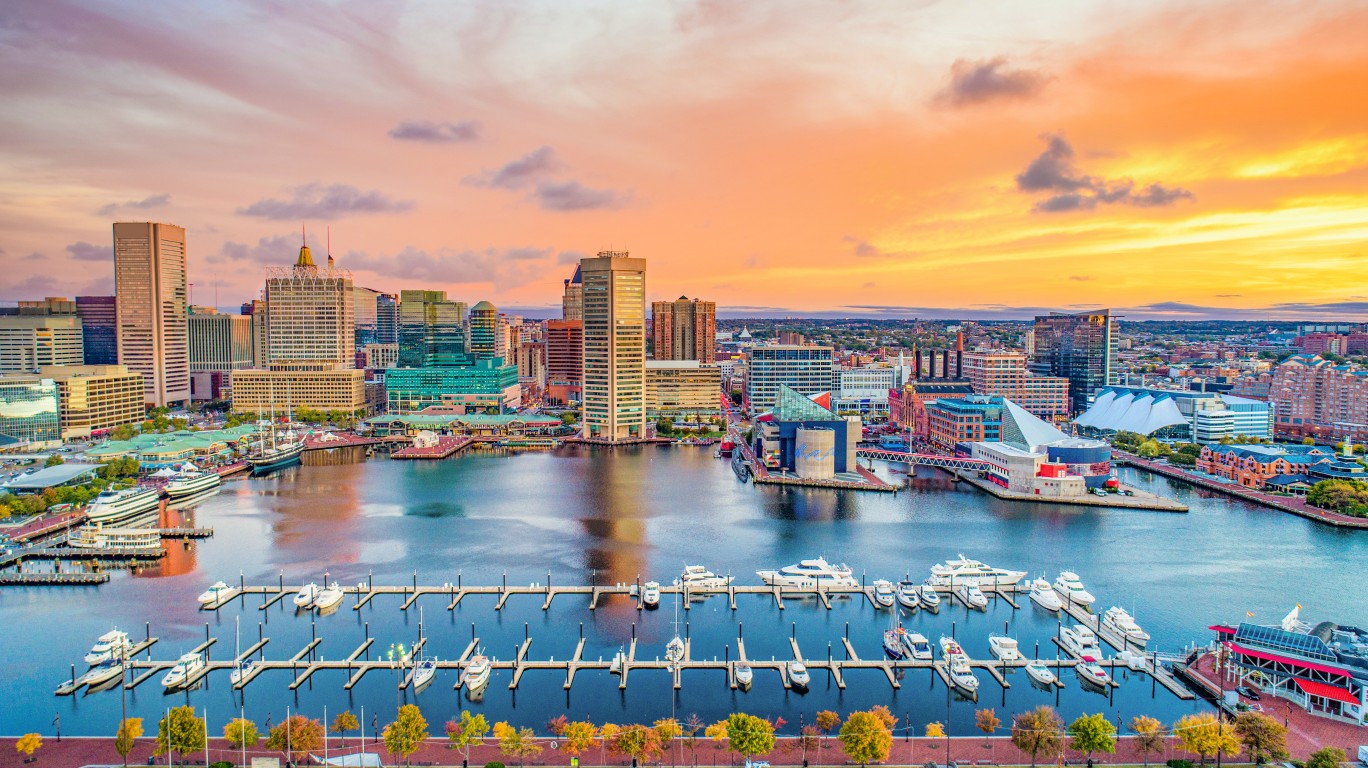
- Disaster risk: Tornadoes, thunderstorms
Much like New Hampshire, Maryland is shielded from the worst of the hurricanes that make their way North toward the United States. Direct strikes from hurricanes happen very rarely, and when they do, they usually lose their energy quickly due to Maryland’s unique coastline that reduces the force of ocean swells before they hit the mainland. It usually sees around 20–40 thunderstorms every year, and averages six tornado hits every year. Even non-natural human-caused disasters are rare, as Maryland ranks as the 5th greenest state in the country and manages less toxic waste than most of the country.
#6 Colorado
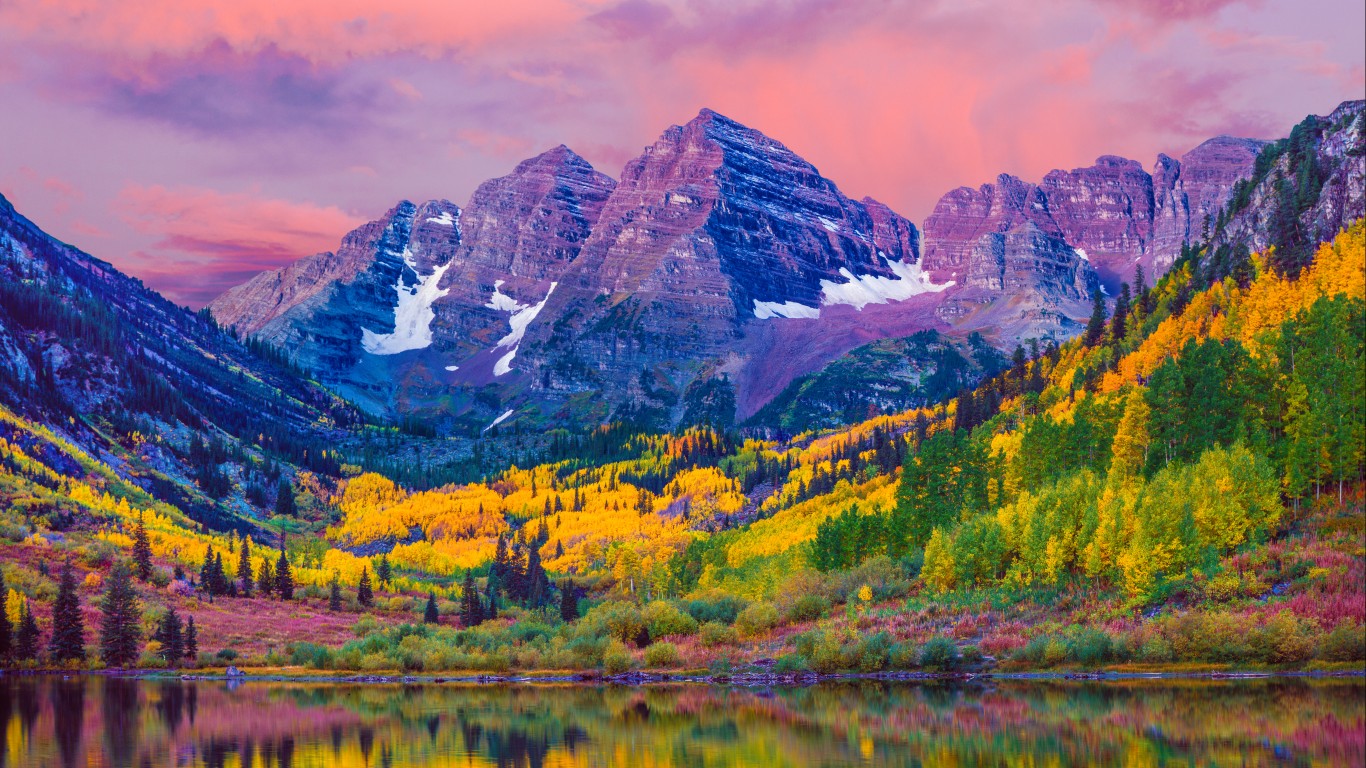
Dawn at Maroon Bells With Autumn Aspen Trees and Maroon Lake in the Rocky Mountains near Aspen Colorado
- Disaster risk: Wildfires, climate change
The most common warm weather-related hazard in Colorado is hail, but it never reaches a point to be called a natural disaster. The eastern part of the state is still part of Tornado Alley, but the tornados that do touch down there rarely venture into settled areas and are usually less intense. The state is most susceptible to flash floods due to extreme storms or melting snow in the spring and summer.
One important thing to keep in mind about Colorado, however, is that it is more susceptible to climate change than others on this list. Most of the state has increased its average temperature by at least two degrees Fahrenheit in the last century alone. This causes snow to melt earlier more severe droughts that kill trees and dries the soil. This makes forests more likely to catch fire and cause major wildfires near populated areas.
#5 Ohio
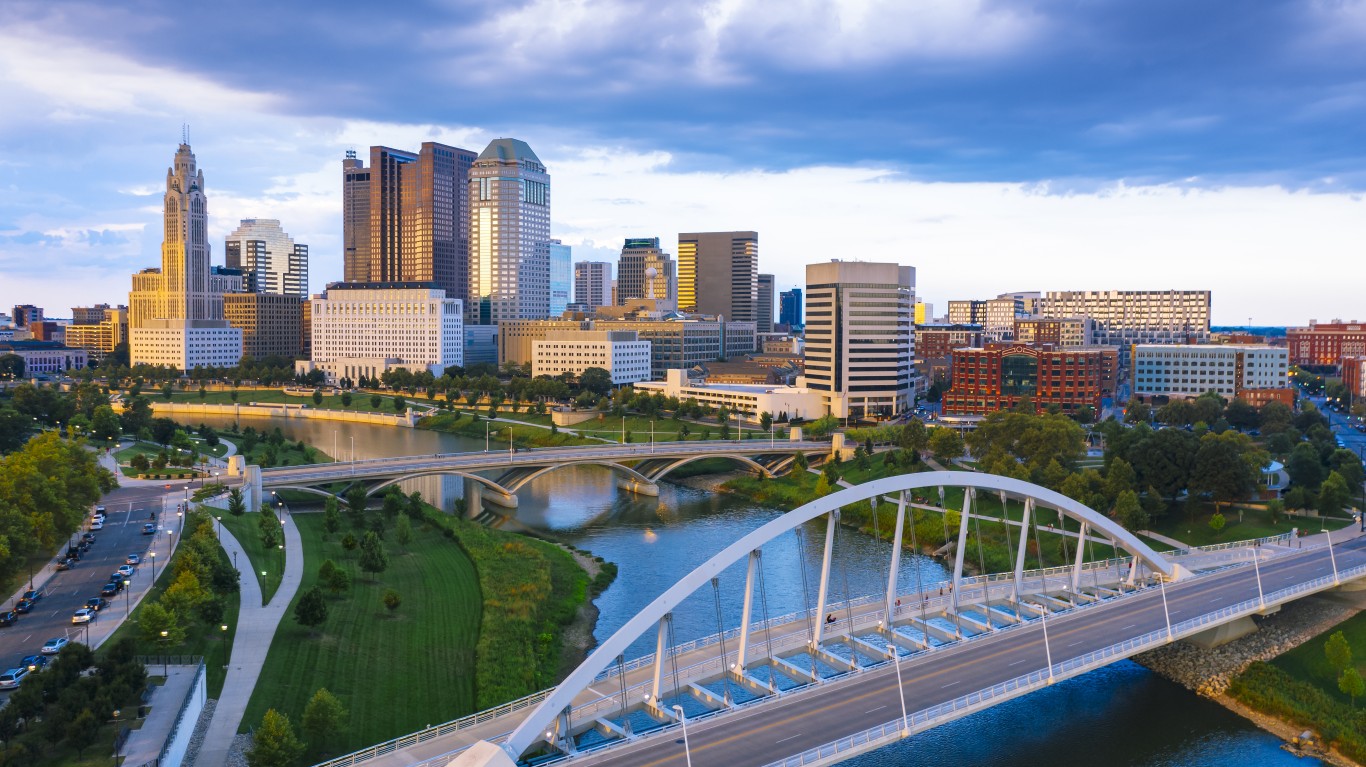
- Disaster risk: Tornadoes, snowstorms
Protected by the wide country to the West and the Appalachian Mountains to the South and East, Ohio is snug and safe. The worst weather-related natural disaster happened way back in 1913 when the Ohio River flooded, known as the Great Dayton Flood. In response, the state created its first floodplain engineering project to mitigate any future floods, so it is unlikely any flood like that one will ever happen again in the area.
Ohio experiences fewer tornadoes than other states in Tornado Alley, and the only major weather events it sees are snowstorms near Lake Erie to the North due to the Lake Effect.
#4 Vermont
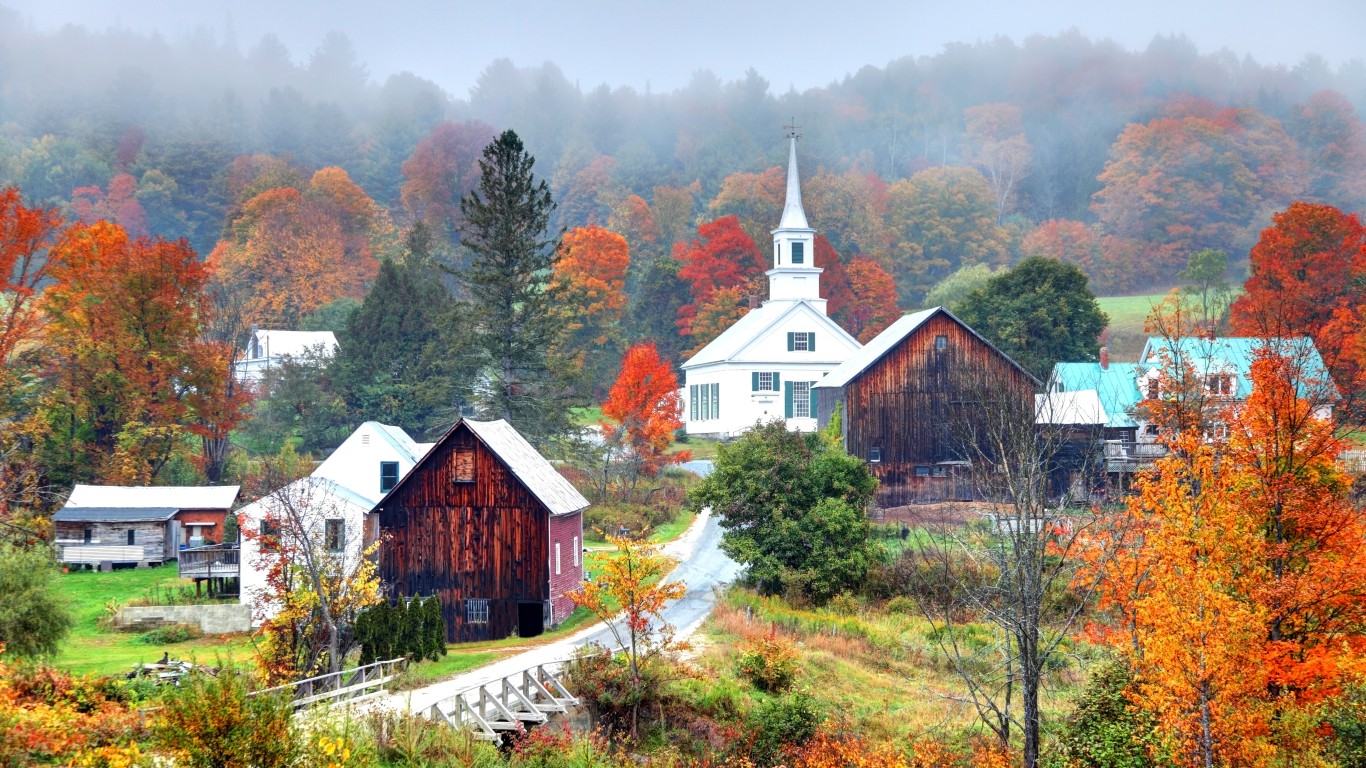
- Disaster risk: Floods and climate change
Vermont is the top-ranked state in the United States for emergency preparedness. This, along with its safe location and infrequent disasters puts it in fourth place on our list. It is protected from hurricanes to the south and severe winter blizzards from the north, though it is the seventh-coldest state in the country on average. Its humid continental climate protects it from wildfires and droughts.
Due to climate change, rainfall has increased by a substantial amount in just the last 50 years. The increased temperate and rainfall has caused the number of storms and flooding to also increase, while winters have shrunk in duration and severity. In response, Vermont was one of the first states in the country to adopt greenhouse gas emissions goals and has also dedicated significant resources to mitigating and responding to future natural disasters.
#3 Illinois
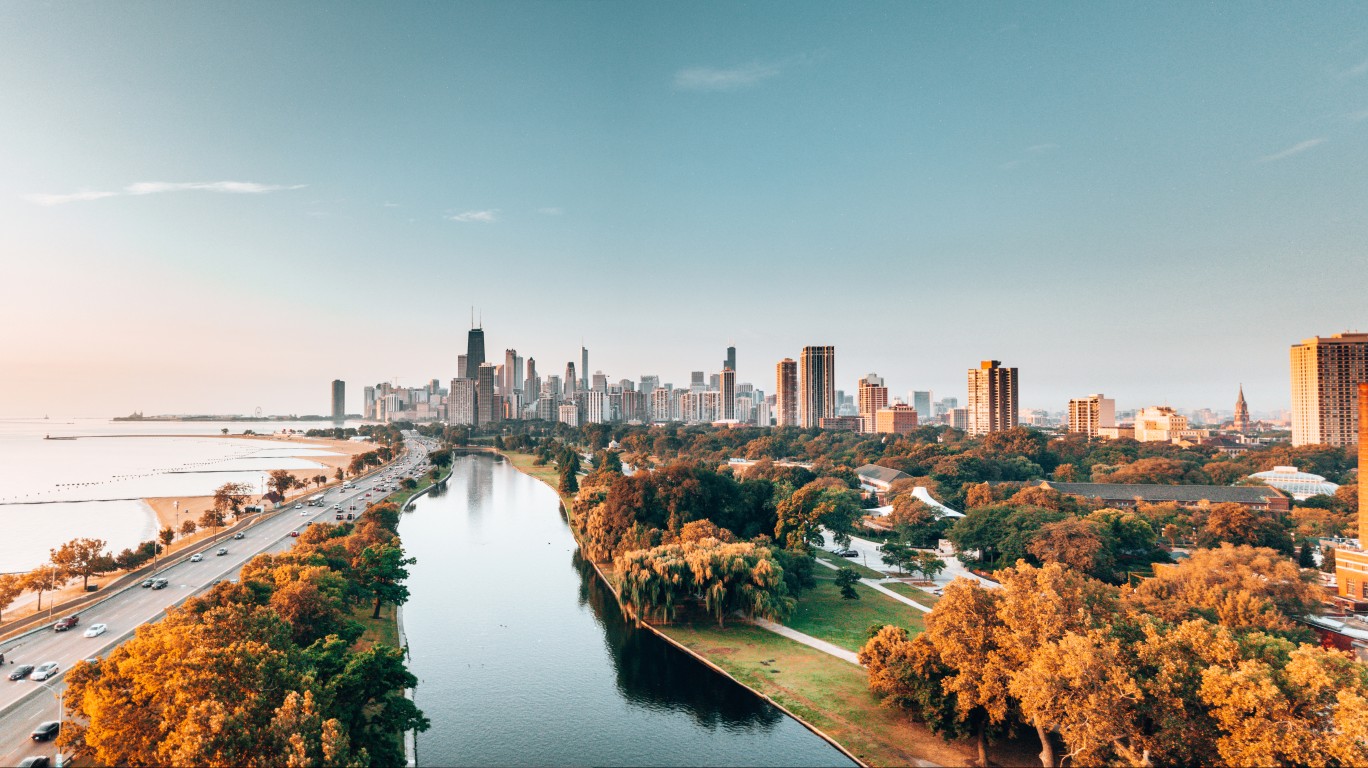
chicago skyline from the park
- Disaster risk: Temperature swings, blizzards
Illinois has almost no risk of experiencing any effects from hurricanes earthquakes, or droughts. Tornadoes are rare and typically occur far from cities. There is limited risk of flooding or landslides. There are occasional heat waves and extreme cold events, but with preparation, these are typically mitigated in their impact on populated areas. Illinois is just above average for the number of thunderstorms per year, with around 51 on average.
The lowest temperature in Illinois occurred during the 2019 polar vortex when temperatures as low as -38 Fahrenheit were recorded. This impacted normal city functions, health, and travel in the state.
#2 Minnesota
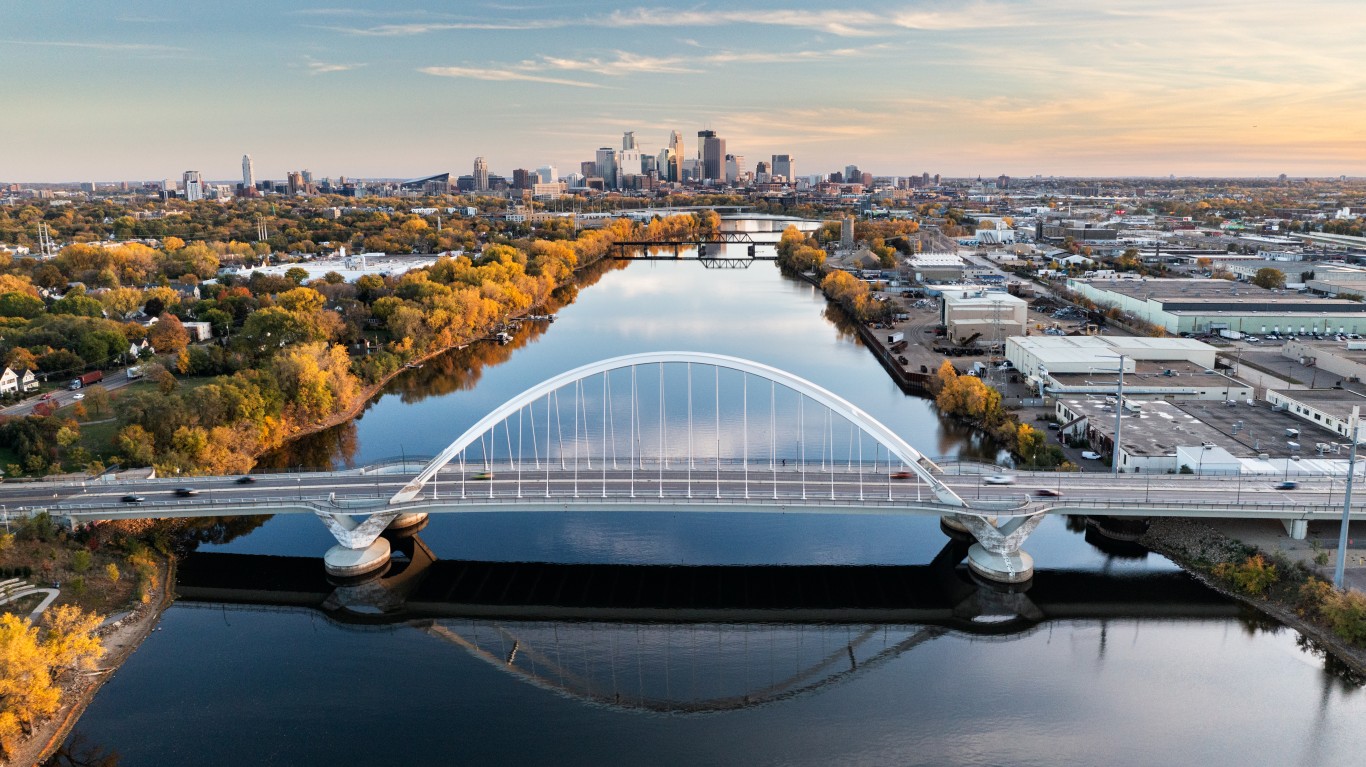
Aerial view of Minneapolis, Minnesota and the Lowry Ave bridge over the Mississippi river
- Disaster risk: Blizzards and tornadoes
Minneapolis-St. Paul is largely considered to be one of the safest cities in the country from natural disasters. Much like Illinois, a close neighbor, Minnesota is largely subject to severe cold, occasional tornadoes, and low-severity floods. Minnesota is also geologically quiet, with no volcanoes and extremely rare earthquakes. Its low terrain means there is a low risk of mudslides, and wildfires are also rare and small.
Rainstorms, blizzards, hail, and straight-line winds are all typical natural events that regularly impact the state, though they rarely reach disaster levels. The only real natural disaster is the spread of the Minnesota accent, which has been largely contained.
#1 Michigan
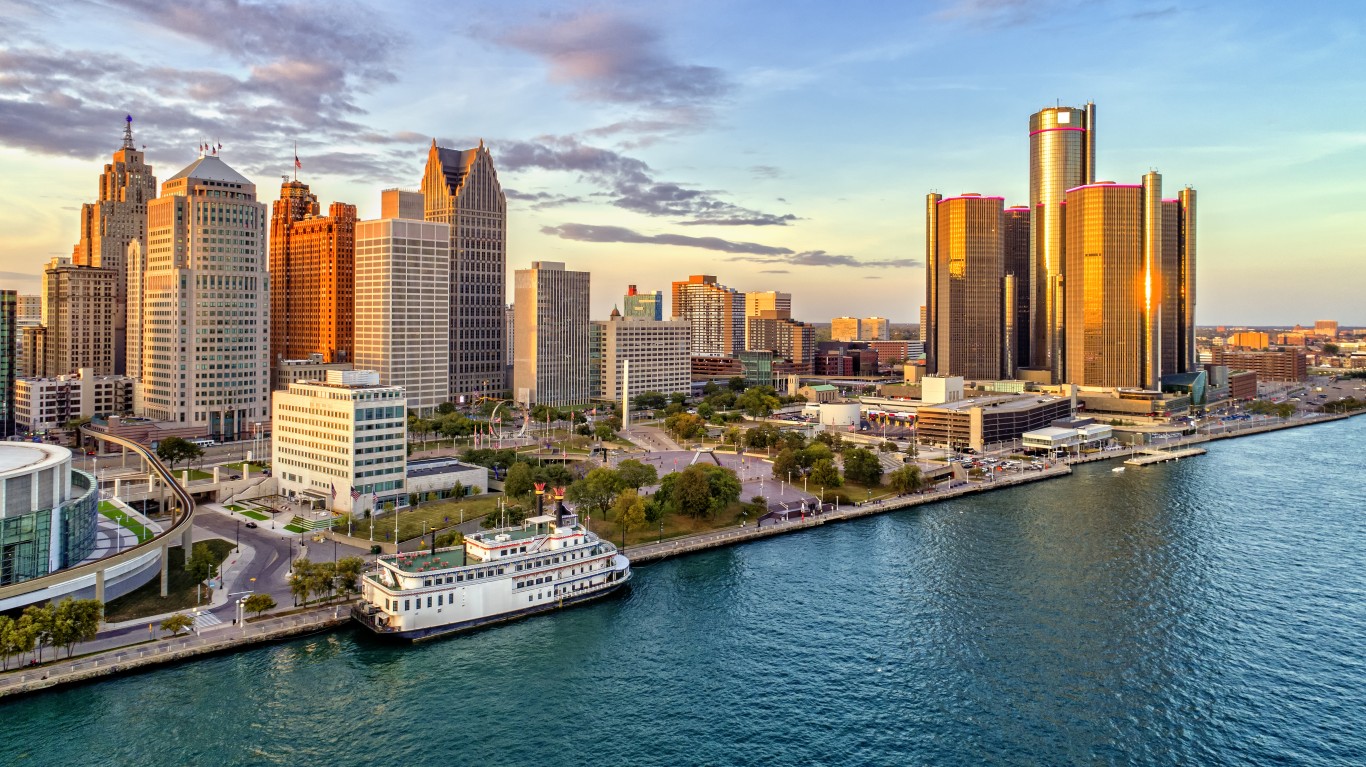
Detroit Aerial Panorama during sunset
- Disaster risk: Tornadoes and thunderstorms
Michigan joins its other midwestern sisters as the safest place in the country from natural disasters. Like Illinois and Minnesota, Michigan’s severe weather includes hot summers, extremely cold winters, and thunderstorms. It only experiences around 30 thunderstorm days per year and infrequent tornadoes near the southern parts of the state. Earthquakes are rare and small, along with wildfires and landslides. Most of the rivers in Michigan are small and short, so the risk of flooding is minimal.
Human-caused disasters, however, continue to ravage the state and it has yet to recover from widespread poverty, income inequality, and unemployment caused by rampant, unregulated, greed.
Travel Cards Are Getting Too Good To Ignore (sponsored)
Credit card companies are pulling out all the stops, with the issuers are offering insane travel rewards and perks.
We’re talking huge sign-up bonuses, points on every purchase, and benefits like lounge access, travel credits, and free hotel nights. For travelers, these rewards can add up to thousands of dollars in flights, upgrades, and luxury experiences every year.
It’s like getting paid to travel — and it’s available to qualified borrowers who know where to look.
We’ve rounded up some of the best travel credit cards on the market. Click here to see the list. Don’t miss these offers — they won’t be this good forever.
Thank you for reading! Have some feedback for us?
Contact the 24/7 Wall St. editorial team.
